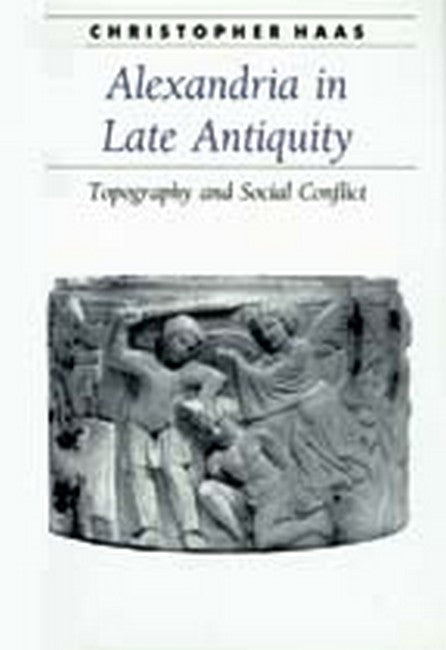List of IllustrationsAcknowledgments1. Introduction2. The Urban Setting""The Most Glorious City of the Alexandrians""Civitas Opulema3. The Social WorldThe Social HierarchyCivic Institutions: Windows on Alexandrian SocietyAdministration and CoercionTopography and Society: The Via Canopica4. The Jewish CommunityTracing an Elusive PresencePhilo's WorldThe Great Divide: The Jewish Revolt of 115-117A Tenuous RecoveryThe Fourth-Century CommunityThe Contours of Jewish-Christian Conflict5. The Pagan CommunityProblems of DefinitionUrban Topography and Late Antique PaganismThe Sociology of Paganism in Late Antique AlexandriaThe Downfall of SerapisThe Pagans of Fifth-Century Alexandria6. The Christian Community: The Interior Landscape and the Civic LandscapeObstacles to UnderstandingModes of ConversionThe Christians of House DThe Christianization of Public Space7. The Inner Life of the Christian Community: Clergy and PeopleThe ""Seven Eyes of God""Laos Theou8. Community and Factionalism in the Christian Community""Radiant and Inexpressible Power""The Desert and the City: Monastic Opposition to Episcopal AuthorityThe Contours of Schism: The Arians of Alexandria9. Intercommunal Conflict during Late AntiquityThe Alexandrian Riots of 356 and George of CappadociaCyril and His Opponents, 412-415Ecclesiastical Stasis and the Marginalization of the Pagans in the 480s10. Conclusions11. Epilogue: From Roman Alexandria to Islamic al-lskandartyyahAppendix Chronological Table of Emperors, Prefects, and Patriarchs: Fourth and Fifth CenturiesList of AbbreviationsNotesIndex

